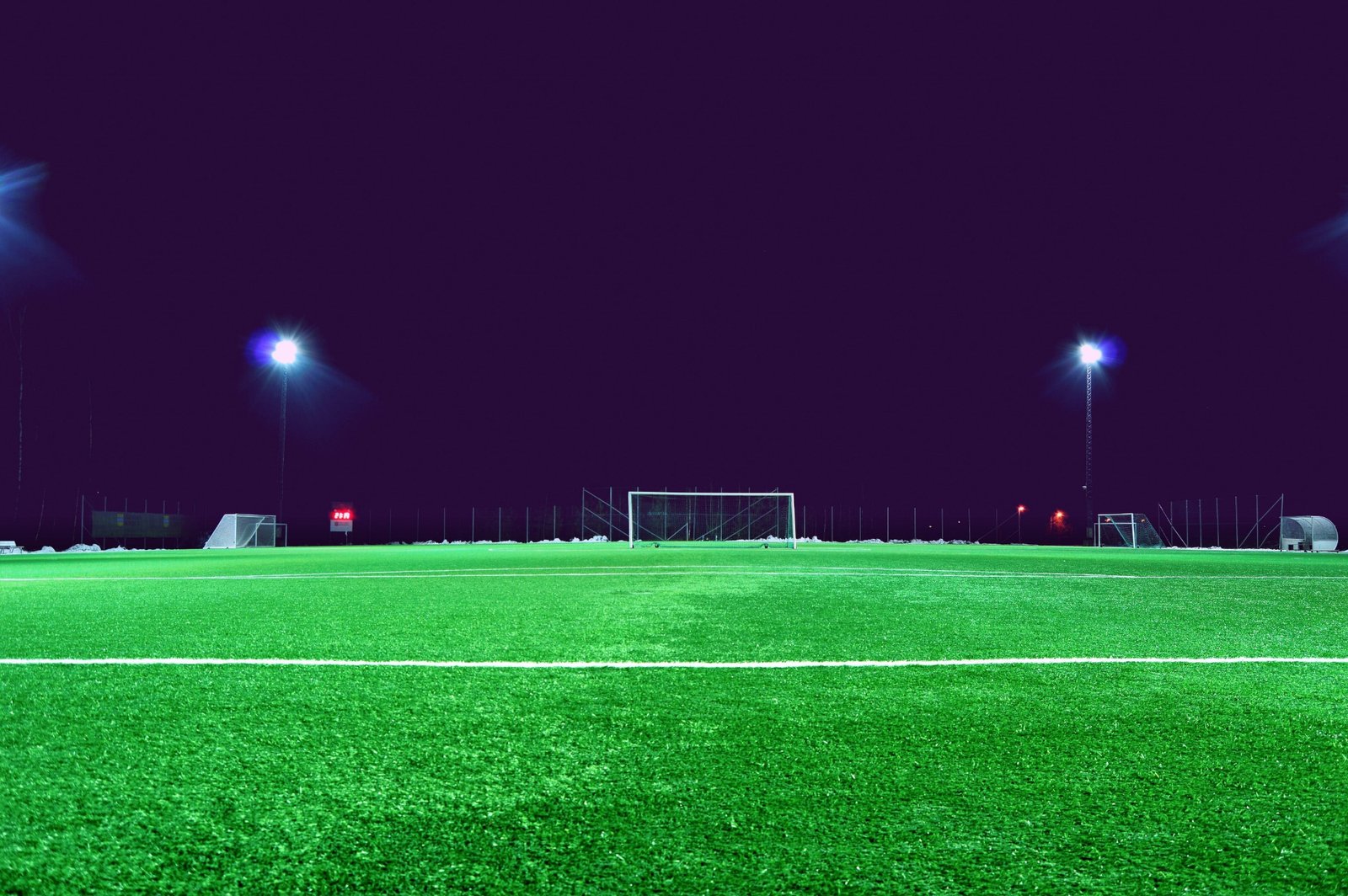To begin, it’s important to say, that just like all the articles I write for A Wall Of Hope, I am not being paid to write this article by Forest Green Rovers F.C or anyone else, nor am I a die-hard fan of the club or anything like that.
I am writing the article because I’m genuinely impressed by what this organisation is doing (I mean if you read the article you’ll know what I mean), and I believe they deserve a place on the wall.
Because come on, making football environmentally friendly? If that isn’t a cause for hope, then what the heck is?
Football, Sustainable, Really?
Football doesn’t seem like the most environmentally sustainable thing in the world does it?
One football club in particular sits top of the table by quite a margin when it comes to their sustainability efforts, and that club is little known (for now) Forest Green Rovers F.C.
I mean not the game of football itself of course; the sustainability of the game itself really depends on the fitness and willingness of the players playing it! Environmentally speaking, all you need to play a game of football is one small spherical piece of suitable material, a number of somewhat enthusiastic human beings, a couple of ‘jumpers for goalposts’, and a bit of space; hardly an earth-shattering combination in fairness.
But no, I’m talking about the football industry. Like many industries, the football industry certainly isn’t one that screams ‘ENVIRONMENTAL SUSTAINABILITY!’ from the stadium terraces to the commentator’s box. The resources required to keep the football industry running (and scoring?) at full tilt are actually quite substantial:
Great big stadiums often constructed at a monumental environmental and financial cost that require a gargantuan amount of energy to operate. Brand new replica kits and merchandise made from planet-pummeling materials like polyester (plastic) that always look pretty much the same as last year’s ones but are still released every year and shipped all around the world and sold for extortionate prices while usually being manufactured in ‘sweatshops’ by workers who get paid next to nothing. Football teams and fans travelling in their gas-guzzling cars, planes, boats, buses, trains, helicopters, yachts, and private jets to attend matches all around the world on a regular basis.
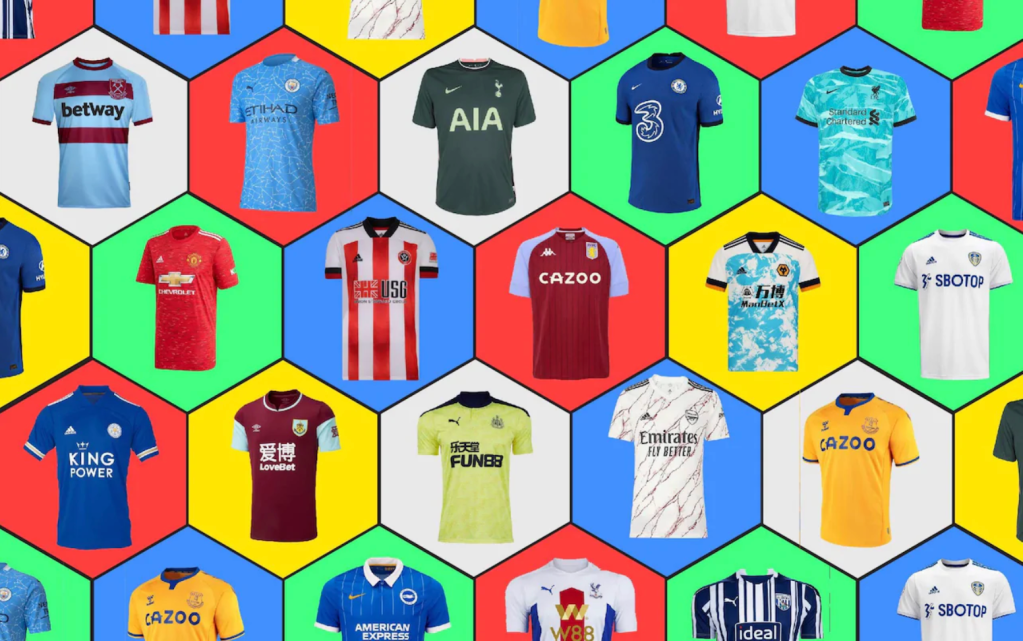
And then there’s the actual, physical footballs themselves, the football boots, shin pads, gloves, corner flags and all the other equipment required so that a professional game of football can take place. All of this equipment has a life-cycle and an environmental impact, and it all adds up.
Now of course the football industry is really no more environmentally damaging than any of a million other industries out there and probably doesn’t deserve to be singled out. And just like many other industries around the world, thank goodness, through encouraging initiatives such as Life Tackle, the football industry seems to be making some significant strides forward when it comes to limiting its environmental impact.
But one football club in particular sits top of the table by quite a margin when it comes to their sustainability efforts, and that club is little known (for now) Forest Green Rovers F.C, based in a small town called Nailsworth in Gloucestershire, England.
Haven’t heard of them? Well you probably will soon, but here’s a little look at the club’s substantial history before we get into all the great stuff they’re doing for the environment and their local community.
Who Are This Club? And Where Did They Come From?
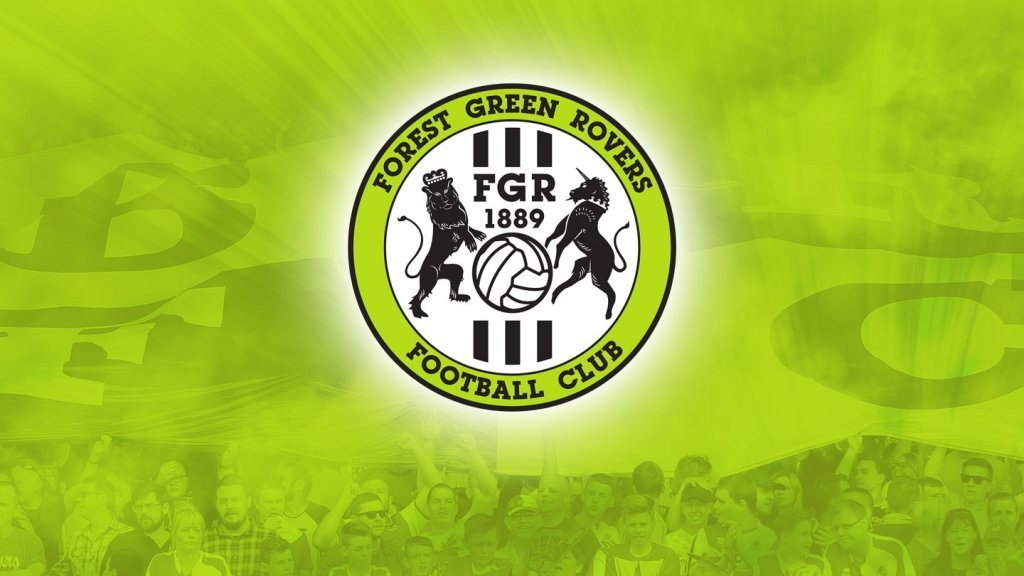
Referred to by world football’s governing body Fifa as the ‘greenest football club in the world,’ Forest Green Rovers are currently competing in League Two, the fourth tier of professional English football. At the time of writing they sit 10th place in a table of 24 teams, four points off the top of the table. (It’s early in the season yet, only four games have been played so far, so anything is possible!)
Although the ethos of the club is distinctly modern, futuristic even, Forest Green Rovers is actually a very old football club with a long and storied history.
The club was founded all the way back in 1889 in Gloucestershire England, and since then has competed in various local and regional leagues and competitions, while changing names a number of times (Forest Green Rovers was their original name, which they reverted back to in 1992 after going by the name of Stroud FC for a short time), and winning multiple trophies along the way.
Despite such a substantial history however, it was only in 2017 that Forest Green Rovers gained promotion to the national English ‘Football League’ for the first time, and they have remained there since.
Significant to this recent rise to relative prominence was the willingness in 2010, with the club facing financial difficulty, of Dale Vince, founder of Ecotricity, to get involved with the club. Ecotricity is a British-based green energy company with a mission to incorporate sustainability throughout society wherever possible.
Forest Green Rovers is actually a very old football club with a long and storied history.
It is no surprise then that since Mr. Vince and Ecotricity have been involved with Forest Green Rovers, the club has been on the up. Now financially secure, environmentally aware, winning games of football on the pitch, and winning multiple business and environmental awards off it, it’s clear that in recent years, Forest Green Rovers F.C. has become a very special football club indeed.
But what is it, exactly, that makes Forest Green Rovers so special?
So What Makes Forest Green Rovers So Special?
To be honest, pretty much every aspect of Forest Green is worth a mention. It seems that environmental sustainability and community wellbeing is paramount to every decision the club makes, but let’s break it down bit-by-bit, starting with a big one, the stadium.
The Stadium
Operating a stadium can use up a whole lot of energy and other resources like water to keep the lights on, the turnstiles turning and the pitch trimmed and in good condition. If care is not taken, this can have a significant cumulative effect on the environment.
But with Forest Green Rover’s current stadium, ‘The New Lawn’, care is certainly taken! Here’s what they’re doing to ensure their stadium is as kind to the environment as possible:
- The pitch is irrigated using recycled rainwater, making it independent from the water mains, and saving a whole lot of water in the process.
- The grass on the pitch is cut using a solar-powered ‘robot lawnmower’ so no smelly petrol fumes will be seen anywhere near The New Lawn when grass cutting time comes around.
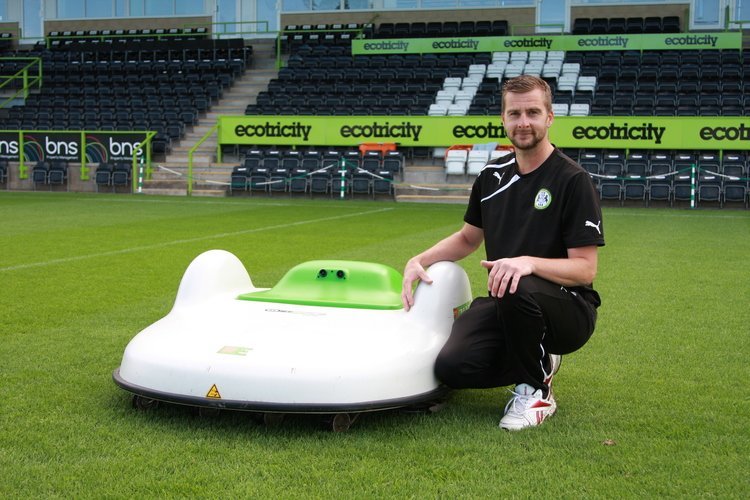
- The pitch is also ‘organic’, meaning no artificial pesticides or chemicals are used to treat the pitch.
- Solar panels have been installed on the roofs and around the stadium to generate fossil fuel-free electricity.
- Along with this self-produced clean electricity, 100% of stadium operations are powered using green wind and solar energy provided by Ecotricity, ‘the greenest energy company in Britain.’
- The stadium is also electric vehicle friendly, with EV charging points available for fans who need them.
- The club even runs what they call ‘Eco Trails’ ahead of every home match which are designed to educate anyone who’s interested about Forest Green Rover’s sustainability efforts.
All-in-all, it seems ‘The New Lawn’ is a pretty tremendous example of what should become ‘The New Blueprint’ for operating a sports stadium.
But what happens when the players get out there to play?
The Kit
The Forest Green Rover’s kits are made from 50% bamboo, with the eventual aim being to produce their kits from ‘100% sustainable high-performance material.’
Most football kits are made out of polyester and other forms of plastic. These materials are non-biodegradable, and like to stick around on this great green beautiful earth of ours for thousands of years, clogging up the oceans and rivers and animals and breaking down into microplastics that might even be causing damage to human cells!
So maybe it’s not the best idea to make football kits out of plastic? Well Forest Green Rover’s seem to agree with that sentiment, as currently, their kits are made out of 50% bamboo, with the eventual aim being to produce their kits from ‘100% sustainable high-performance material.’ Goodness I do hope the Manchester Uniteds and Real Madrids of this world pull their big bulging heads out of the bottomless money pit soon and start to follow suit. (Or follow kit?) (Couldn’t resist!)
The Forest Green kits manufactured by PlayerLayer, a British-based sports apparel company with a focus on eco-friendly materials and making products that last, are also deliciously beautiful.
The home and away kits, as you can see below, take their inspiration from nature, sporting a lovely looking ‘zebra pattern,’ as well as the Ecotricity sponsor logo on the front, and a logo for ‘Sea Shepherd’ on the back.

Sea Shepherd is an internationally-renowned marine conservation not-for-profit, and official partner of Forest Green Rovers. This wonderful organisation helps to protect marine wildlife all around the world, and if you purchase Forest Green’s third kit, available here, and also deliciously beautiful, 100% of the proceeds will go directly to Sea Shepherd, helping them carry out their essential work.
The third kit’s ‘camouflage design’ actually takes its inspiration from Sea Shepherd’s flagship vessel, the Steve Irwin.


Well when a football club has a kit that’s inspired by anything associated with a legend of a human like Steve Irwin, you know they’re doing something right.
Tremendousness all around I would say; the most beautiful kits in world football, in far more ways than one.
But there’s no point looking the part if you’re not actually the part? Right?
Well here’s a massive reason why Forest Green Rovers are actually the part.
World’s First Officially Certified Carbon Neutral Football Club
Slick, sustainable, sexy green kits are one thing, but they won’t do much good if the rest of the club’s activities are destroying our sexy green world. Luckily, it turns out, Forest Green Rovers is a slick, sustainable, sexy green football club from top to bottom, worthy of their sexy green kits. (Okay I’ll stop with this sudden obsession for the word sexy now.) (Sexy!)
Forest Green Rovers has now been certified carbon-neutral for over two years (standards must be maintained to retain certification), so it seems like their commitment to this cause is very serious, and a lot of work has gone in to constantly reducing their carbon footprint.
After signing up for the United Nation’s ‘Climate Neutral Now’ initiative in 2018, an initiative aimed at encouraging society to work towards a climate neutral world by mid-century, Forest Green have gone on to achieve official certification from the UN as ‘the world’s first carbon-neutral football club.’
Achieving this certification would have required the club to implement the following three actions:
- First, they would have been required to measure their total greenhouse gas emissions. (This would include everything from operating the stadium to merchandise-related emissions to team travel-related emissions.)
- The next step would have been taking action to minimise these emissions. (Things like installing solar panels, and powering 100% of stadium operations with wind and solar energy would have gone a long way to achieving this!)
- Finally, for any emissions that couldn’t be eliminated through direct action, emissions from fans travelling to attend games for example, the club would have been required to invest in UN certified emissions reduction projects to compensate. (This might involve the club investing in tree planting schemes for example, offering support to regenerative farming projects, or investing in wind and solar farms. The idea being that by investing in projects that reduce the greenhouse gases in the atmosphere, any emissions that the club couldn’t eliminate through direct action would be cancelled out.)
Forest Green Rovers has now been certified carbon-neutral for over two years (standards must be maintained to retain certification), so it seems like their commitment to this cause is very serious, and a lot of work has gone in to constantly reducing their carbon footprint.
In light of this unwavering commitment to environmental sustainability, Forest Green’s Chairman, Dale Vince, was appointed as a ‘Climate Champion’ for the UN in September 2018. Mr. Vince has since helped launch the ‘Sport for Climate Action’ initiative which aims to engage the world of sport in the fight against climate change. He has also been giving talks on climate action as an official UN ambassador.
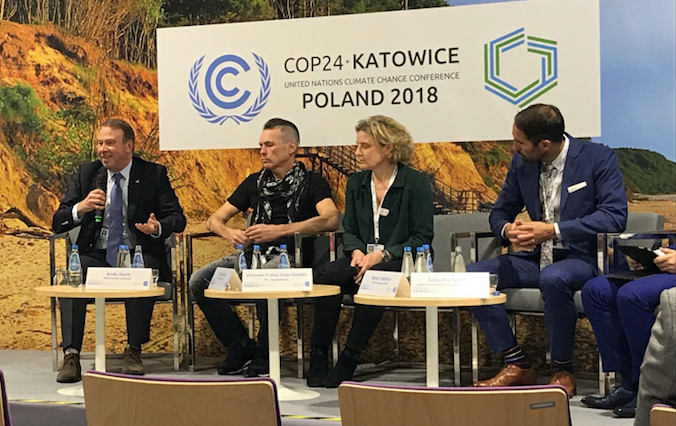
This all points to a genuinely holistic commitment at Forest Green Rovers to becoming as environmentally sustainable as possible, and this commitment to sustainability can also be seen (or tasted?) in the club’s attitude towards food.
Meat pie and sausage roll while watching the game anyone? Maybe at most football clubs around England, but not at Forest Green Rovers F.C.
World’s First Officially Certified 100% Vegan Football Club
What’s on the menu at a football ground (or anywhere for that matter) might not be the first thing that comes to mind when you think about sustainability, but it can have a significant impact.
In 2017, Forest Green Rovers became the first football club in the world to be registered with the official Vegan Trademark.
According to United Nations statistics, livestock farming alone accounts for almost 15% of all human-related greenhouse gas emissions globally, which is quite a chunk. So those half time meat pies might actually be doing more damage to the environment than you think!
Now this is not to say that simply eating meat is bad for the environment. A great deal of global livestock-related emissions come from animal feed production, processing, transportation and things like that. So of course, eating low-quality processed meats that come from factory farms on the other side of the world is most definitely bad for the environment. But it is possible to eat locally-sourced meat that comes from ethical, organic, regenerative farms in your area, without worrying too much about the carbon footprint involved. And on ethically-run farms, animal welfare is also inherently a top priority, so by eating meat in this way you can be sure that the animals are well taken care of too.
Saying that, after doing a little digging on one of the most popular football stadium meat pie suppliers in the UK, Pukka pies, a staple in over 40 stadiums across the country, things don’t look too promising environmentally-wise. After quite a bit of searching around I was unable to find out who Pukka’s actual suppliers are (is that an alarm bell I hear ringing?), but often in these situations it’s about what isn’t said, as opposed to what is.
In the (limited) section about the environment on the Pukka website, there is no specific mention of who their meat suppliers are, and there is no mention of the meat coming from organic, or regenerative farms. These are the kinds of things that would almost certainly be mentioned prominently on the website if the company was actually doing them.
They do mention that all their meat is ‘purchased from suppliers who are accredited to the highest standards set by the British Retail Consortium and EU legislation.’ And while these standards are quite rigorous in terms of animal welfare (whether or not the standards are actually implemented is another matter), they do very little in terms of limiting emissions and environmental damage from livestock farming in the EU. So even if the meat in Pukka pies does live up to these standards, it would mean next to nothing in terms of environmental sustainability.
There is also no mention on the Pukka website of their meat being sourced locally, or whether it is even sourced from the UK for that matter, so chances are, this is probably not the case either.
So the likely reality at best is that the meat in Pukka Pies, and possibly other popular football stadium meat brands, does not come from environmentally sustainable farms, and may also be imported from outside the UK. This would point to quite a high environmental impact for these meat products.
(I have reached out to Pukka requesting information about their meat suppliers and will update this article accordingly with their response!)
But goodness goodness, I have significantly digressed. Back to Forest Green Rovers! So in response to this potential (probable) non-sustainability of popular meat-based football stadium dishes, and for a number of other reasons, Forest Green Rovers decided to remove all meat and dairy products from the match day menu back in 2015. And in 2017, the club became the first football club in the world to be registered with the official Vegan Trademark.

The club states that they were driven to become a 100% vegan club ‘because of the huge environmental and animal welfare impacts of livestock farming, as well as to improve player performance and give fans healthier, tastier food on matchdays.’
And so, since 2015, Forest Green have been using locally-sourced, plant-based ingredients to create award winning menus for their fans, and for the players. (It is actually forbidden for any of the players to consume meat-based products on the premises, and with some evidence suggesting that a strictly plant-based diet can be beneficial for athletic performance, maybe that’s not a bad idea!).
So if you ever find yourself feeling peckish, and you happen to be in the stands at ‘The New Lawn’ watching Forest Green Rovers (hopefully) win, expect to find anything from veggie burgers, vegan fajitas, vegan pizzas, salads, sweet potato fries, and all sorts of other locally-sourced vegan treats on the menu.
Apparently, after initial complaints from a small number of supporters about ‘the banishing of the meat,’ the vegan menu has been widely accepted and embraced by the fans, and has even encouraged some members of the community to go vegan full-time.
How wonderful it is when a football club works to have a positive effect on the local community.
Active in the Community
Forest Green Rovers is clearly very aware of this wonderfulness, as they seem to do all they can to give back to their community. Here are some of the main ways they are doing just that:
The FGR Community Trust

Through the FGR community trust, Forest Green is working with people of all ages in their community to use football as a medium for education, motivation, and inspiration.
The club is actively working with schools, community organisations and sports clubs to help run programmes relating to sport and education, health and wellbeing, inclusion and community cohesion, education, and environmental sustainability.
Sounds like the full community package if you ask me!
Fit2Last Programme
‘Fit2Last’ is an educational programme that Forest Green Rovers delivers to local schools.
Not only is this programme sports-related, it also puts an emphasis on humanities, technology, and science subjects, and provides information about healthy eating, and environmental sustainability. Certainly, the kinds of subjects I wish I was taught a little more about in school!
Soccer Camps
For kids aged 4-14 years old, the club also runs soccer camps where youngsters can build up their footballing skills.
The camp sessions are run by former Forest Green midfielder Rob Sinclair, and apparently players from the current squad also regularly drop by.
Free Shirts for Schools
Every year, the club hands out 400 free replica shirts for local children in year 3 (about 7 years old), as well as a free match ticket for each child.
The club even admits on their own website that this is somewhat of a ploy to encourage these kids to support their local team, but still, free football shirts for the kids, from a club that may well encourage them to learn about healthy living and taking care of the environment.
Not exactly a bad thing is it?
Ambassador’s Scheme
Forest Green Rover’s ambassadors attend matches, learn about the ethos of the club, sustainability, healthy eating, and the benefits of all these things, and then share these experiences with family, friends, teachers, and fellow students.
Each year, through the Forest Green Rover’s ‘Ambassador’s Scheme’, the club recruits a team of young people from about 50 schools in the local area.
These ambassadors then attend matches, learn about the ethos of the club, sustainability, healthy eating, and the benefits of all these things, and then share these experiences with family, friends, teachers, and fellow students.
The scheme also allows each ambassador to invite a Forest Green Rover’s player to their school to give talks, and at the end of each year awards are given out to reward the ambassador’s achievements.
Seems like a great way to communicate the benefits of sustainability and healthy living to young people in an inspirational way. Tremendous stuff.
Supporter’s Club
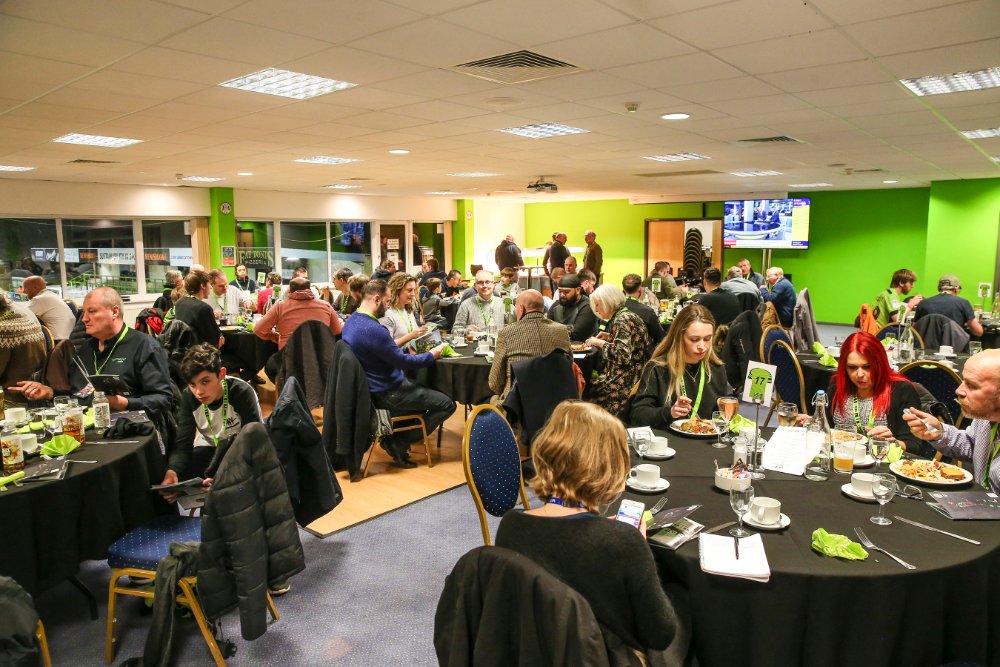
Like most football clubs, Forest Green Rovers also has an official supporter’s club, which offers subsidies to fans for away travel, as well as social events, and a say in how the football club is run.
An essential part of any football club that truly values its fans.
Indirect Benefits
It seems clear from all of the above that Forest Green is taking direct action to engage with their local community and give back as much as they can.
But it is also the indirect benefits like sourcing the ingredients for their vegan menu locally that can have a really positive effect on things. By sourcing ingredients locally, this will no doubt help provide jobs and economic income for local farms and producers, which is essential for any small community to thrive.
Apparently, local businesses have also benefitted from an increasing number of visitors to the area, brought about by the media attention generated around the club’s sustainability efforts.
You would swear that doing good things makes other good things happen! Well that’s exactly what seems to be going on regarding Forest Green Rovers.
And speaking of making good things happen, Forest Green’s partners aren’t doing too bad in that regard either!
Partnering with Positivity
Football is a team sport after all, isn’t it?
Now I won’t go into this in too much detail (I know I’m a devil for doing that!), otherwise we’ll be here all day! (We’ve already been here all day haven’t we?) But I’ll provide all the URL links so you can check out each one of these fantastic organisations in more detail if you so wish!
As I’ve already mentioned, two of Forest Green’s main partners are the green energy company Ecotricity, and the international marine conservation not-for-profit Sea Shepherd, but Forest Green also partners with other organisations who share their ethos like Quorn, Grundon, and EESI.
Football is a team sport after all, isn’t it? But what’s the point in playing if the results aren’t up to scratch?
Some Promising Results
Well Forest Green Rovers have certainly been getting pretty decent results on the pitch lately as can be seen from their continued presence in the football league, and off the pitch, they’re not doing so bad either.
It seems like all of Forest Green Rover’s sustainability efforts are paying off, and that the club is headed in the right direction both on and off the pitch.
According to a UN article from 2018, the club’s absolute carbon footprint (the absolute total amount of emissions created, regardless of GDP) had decreased by 3% since 2017, and the carbon footprint per spectator had decreased by 42% since the 2011/12 season. The club had also managed to recycle 8% of water used from the main water supply in 2016/17, and they decreased the amount of waste produced in the 2017/18 season by 14.7% compared to the season before.
There have also been some huge reductions in emissions and waste during the current season compared to last year, but comparing this year’s emissions statistics to last year’s is not really a valid exercise to be honest because of the COVID lockdown. As a result of everything shutting down for a number of months this year, it is to be expected that emission levels would have significantly dropped.
But still, the results so far are promising, and it seems like all of Forest Green Rover’s sustainability efforts are paying off, and that the club is headed in the right direction both on and off the pitch.
And what direction might that be now?
Always Moving Forward (Into The Greenest Football Stadium in the World!)
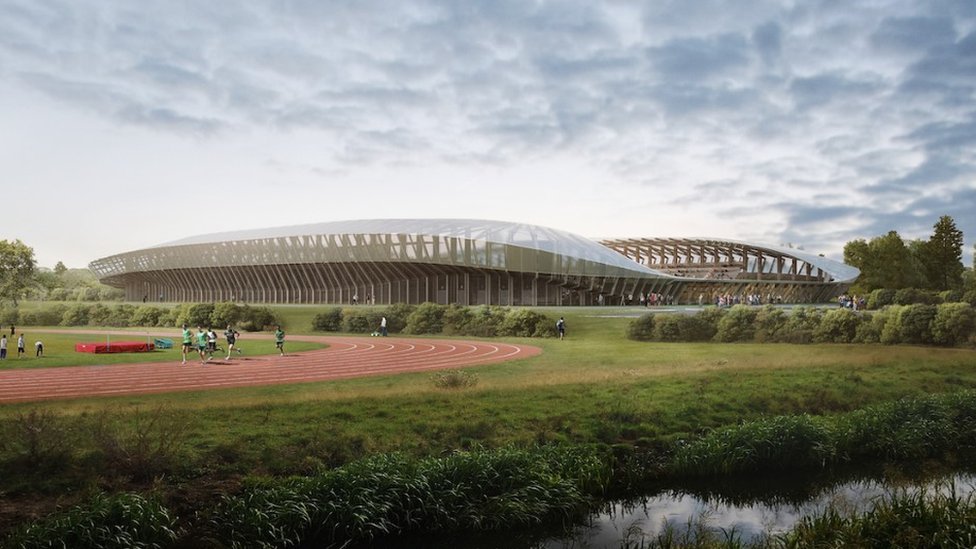
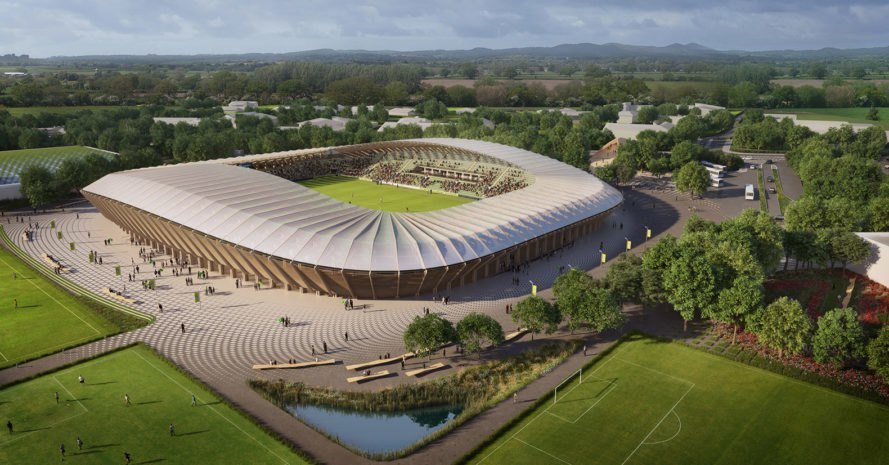
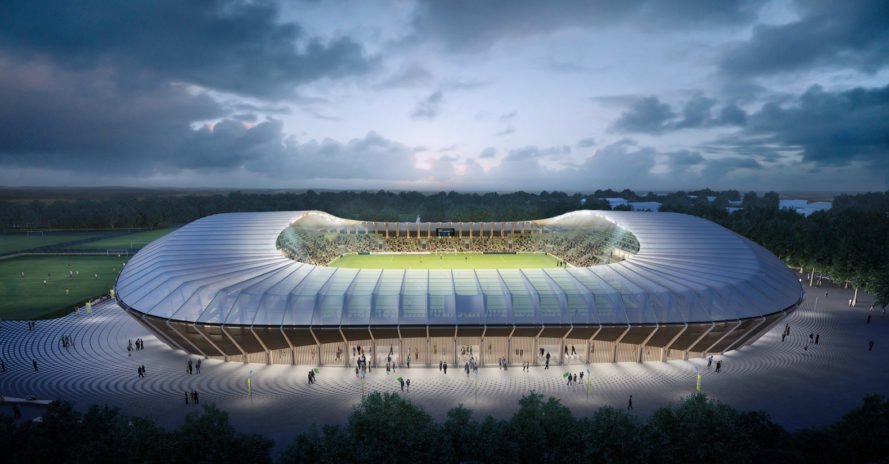
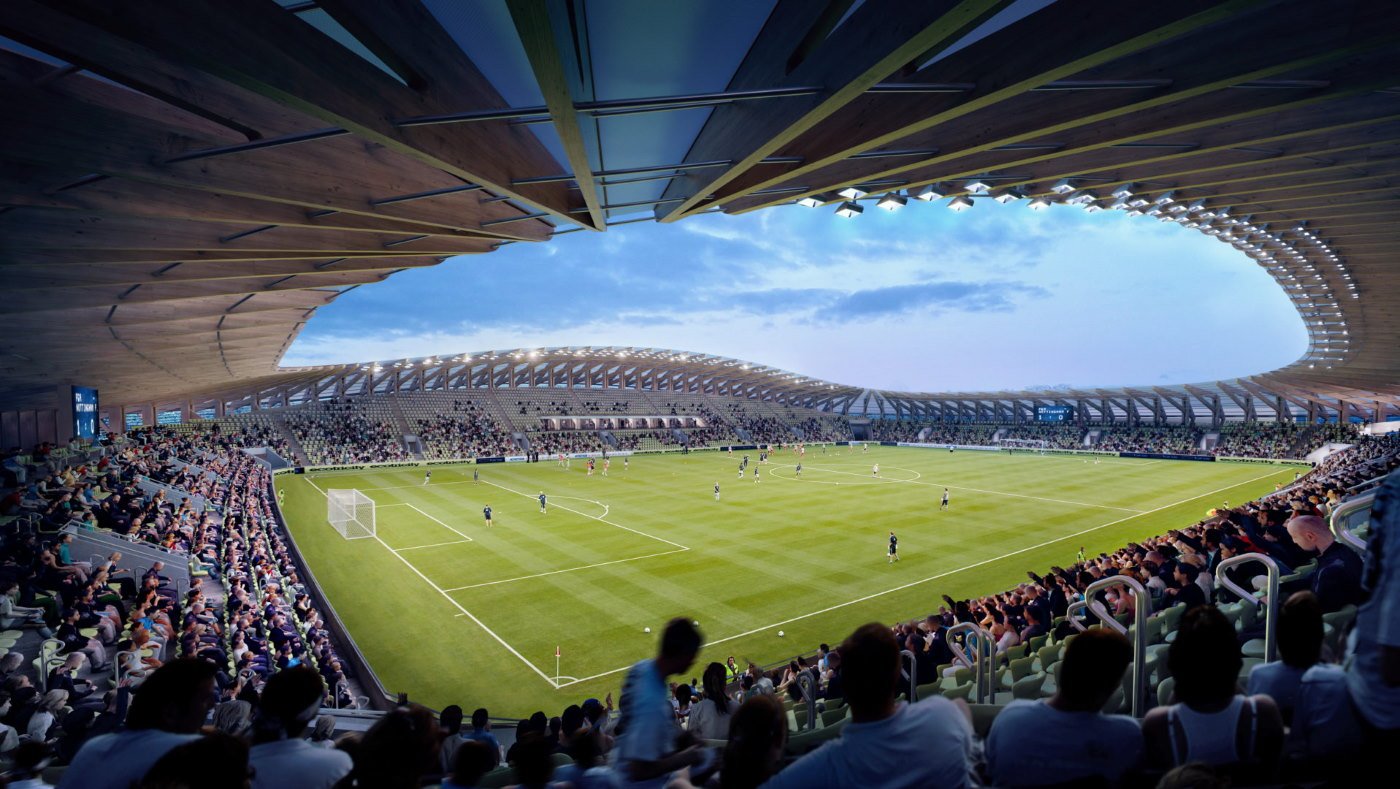
Above are concept images of Forest Green Rover’s proposed new stadium, Eco Park, which will be constructed almost entirely out of wood, and is touted to become ‘the greenest football stadium in the world.’ Well my goodness, it certainly looks the part!
We have already seen in detail above all the efforts Forest Green have made to ensure their current stadium, The New Lawn, is as environmentally sustainable as possible. But as the club grows bigger and attracts more fans, they are planning to take their stadium sustainability efforts to a whole other level.
After recently receiving the go-ahead from their local council earlier this year, the club is pressing ahead with plans to construct what they expect to be ‘the greenest football stadium in the world.’
This new stadium will be known as ‘Eco Park’, and will be made almost entirely out of wood, which is a world-first for a football stadium. Wood is a renewable resource with a low carbon impact, low embodied energy, and the ability to store carbon, and is considered a much more sustainable building material than stainless steel, concrete, and most other materials commonly used in stadium construction.
Eco Park will be built to accommodate up to 5000 fans, and as well being built from sustainable materials, will also be sited in parkland, where 500 new trees and 1.8km of new hedgerows will be planted.
Club chairman Dale Vince has suggested that the stadium will look like ‘the ribs of a prehistoric animal’, and as you can see from the concept images above, he’s not far off! (Maybe, soon, stadiums made from carbon-heavy concrete and stainless steel might become prehistoric animals too?)
Wood is a renewable resource with a low carbon impact, low embodied energy, and the ability to store carbon, and is considered a much more sustainable building material than stainless steel, concrete, and most other materials commonly used in stadium construction.
Construction is yet to start on Eco Park, and only preliminary details of the project have so far been released, but Forest Green Rovers insist that this stadium will ‘take their sustainable thinking to a new level entirely.’
I for one, am very excited to see what exactly they mean by that!
Sounds pretty inspirational if you ask me, and you know what? I reckon there’s plenty of folks out there who agree with me!
Inspiring Others
It’s clear that Forest Green Rovers has already become an inspiration to many.
“So many people feel there’s no solution to the world’s problems, but Forest Green are already doing plenty. I’m so excited to be part of the FGR family. I’ll be helping where I can, supporting people who want to change the world for the better.”
– Hector Bellerin, Arsenal FC Football Player
In their local community they have inspired young people through their various ambassador programmes and educational initiatives, and they have also introduced healthy eating and environmental sustainability to their fans, convincing some to adopt these concepts in their everyday lives.
And all of this fantastic work seems to now be inspiring people on an even larger scale. As just last month, Arsenal F.C. football player Hector Bellerin was confirmed as an investor in the club, becoming the club’s second-largest shareholder currently.
Bellerin, who himself adopted a plant-based diet back in 2016, stated after the deal was announced that “Forest Green are showing others the way”, and that “so many people feel there’s no solution to the world’s problems, but Forest Green are already doing plenty. I’m so excited to be part of the FGR family. I’ll be helping where I can, supporting people who want to change the world for the better.”

Bellerin will reportedly be working with Forest Green chairman Dale Vince to ‘raise the environmental agenda in football – among clubs, leagues and fans’.
So it seems that as Forest Green Rovers continues to grow as a club, they will continue to inspire others to follow their trailblazing, issue-raising, planet-saving lead.
But what happens if the club grows a little ‘too big?”
What Happens if the Club Grows ‘Too Big?’
Club chairman Dale Vince states in the club’s official environmental policy that ‘in any apparent conflict between the environment and money – we put the environment first.’
Being considered the ‘greenest football club in the world’ is certainly no mean feat. It’s clear from what we’ve seen in this article that the effort and commitment required to achieve this reality is substantial.
But I wonder if it is possible (or feasible) to maintain such levels of environmental integrity as the club continues to grow and grow? When it comes down to it, understandably, the main focus of a football club will always be to win football matches. Keep winning these matches for long enough, and the money, pressure, and attention will inevitably start to pour in.
If in 15 years time for example Forest Green Rovers somehow find themselves top of the Premier League, competing in the Champions League final every second year, and signing world-class footballers for millions an millions of pounds every summer, it is likely they will require a much larger stadium, will have fans flying in from all over the world, and will be selling their merchandise on a global scale. A reality that would be much more environmentally precarious than their current one.
This is an extreme (and unlikely) example of course, but I am curiously excited to see whether Forest Green Rovers can stay true to their environmental roots, as they continue to climb the increasingly money-focused footballing ladder.
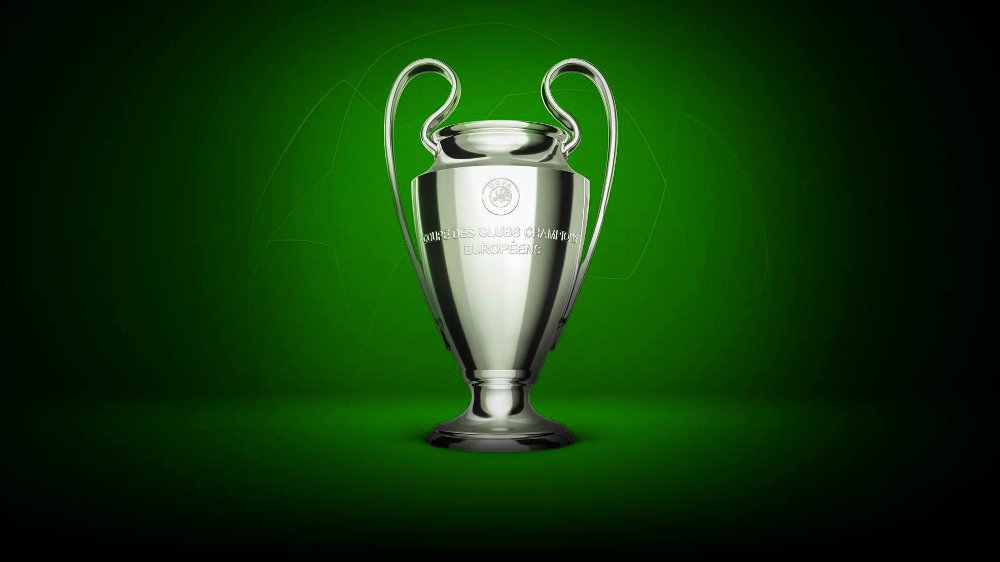
Club chairman Dale Vince states in the club’s official environmental policy that ‘in any apparent conflict between the environment and money – we put the environment first.’
If they can remain true to that, and continue to progress in a sustainable manner while inspiring others to do the same, then hopefully before long Forest Green Rovers F.C. will no longer be considered ‘the greenest football club in the world.’
Hopefully, before long, there will be many more football clubs just like them.
About the Author

Adam Millett is a freelance writer for hire who specialises in sustainability and environmental issues. He believes the economy should be circular, businesses should make the world a better place, and that effective content is the best way to spread the word about sustainability. Visit his website at wordchameleon.com if you want to bring your vision of sustainability to life.

